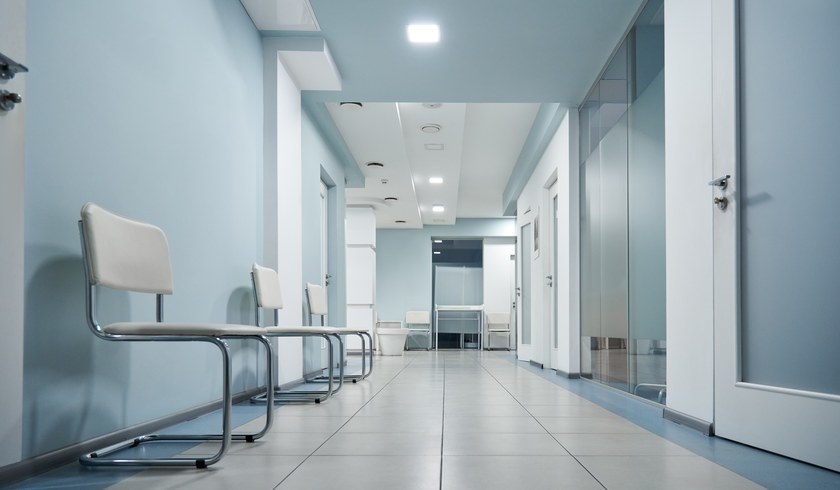14/06/2024
Maintaining hygiene in healthcare is essential. To begin with, good hygiene is critical to the physical and mental wellbeing of patients, visitors, and healthcare professionals – that is to say, critical to care, which our public health system was built to provide and protect.
As the consumer technology we interact with every day has evolved, so, too, has technology in healthcare. At Zip Water, we're on a mission to make a difference to the health and wellbeing of people all over the world by providing them with cleaner, healthier, better tasting drinking water.
And to fulfil that mission, we work closely with healthcare partners to deliver innovative and cutting-edge drinking water systems featuring market-leading filtration and technology to improve hygiene – and health and wellness for all.
There are many reasons why hygiene is important in healthcare and aged care facilities, not least since it will often inform the foundations of any health and safety guidance or policy. Hygiene and safety are two key indicators of a facility's quality, where good standards are often associated with better patient outcomes and higher satisfaction overall.

Lower infection rates and better overall quality of care can give patients’ trust in health systems (and their willingness to seek help in the first place) a much-needed boost. Similarly, it can also give workers a greater sense of job satisfaction by improving morale: when we feel safe and cared for, we're happier, more productive, and able to perform better at work.
Without good hand hygiene and cleanliness levels, infections can spread more easily. Thorough, regular handwashing is essential – the pandemic taught us that much. Yet according to the Centers for Disease Control and Prevention (CDC), healthcare workers clean hands less than half as much as they should.
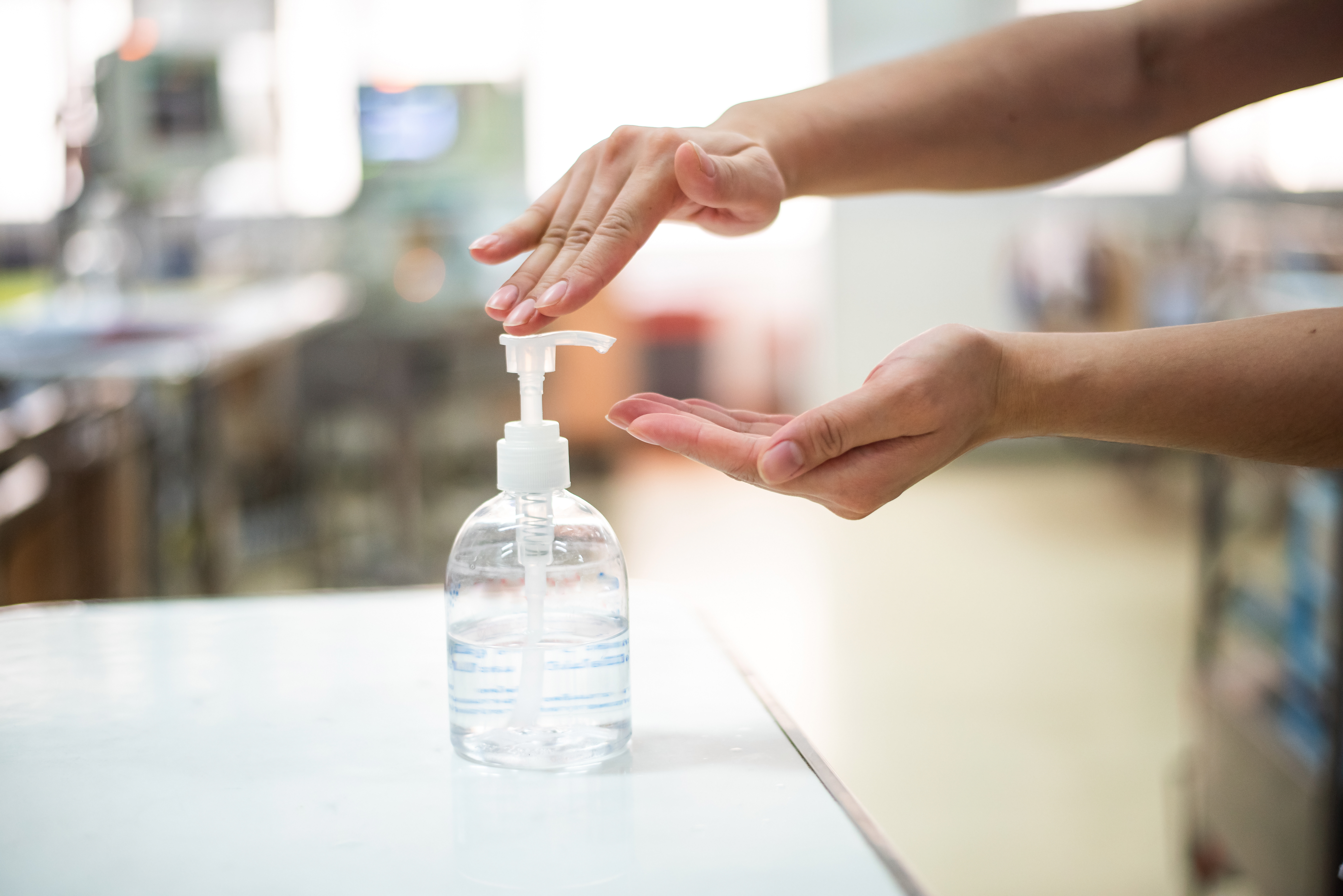
Another factor that's often overlooked is the touchpoints located throughout hospitals and healthcare facilities. Touchpoints are surfaces or contact points that people touch with their (potentially germ-infected) hands – from handrails and keyboards to staff room taps and light switches.
How many touchpoints are there in the facility? Do there need to be so many? Are they cleaned well and often? Is there any healthcare technology available to mitigate against spreading germs?
These are all questions that architects and specifiers should be thinking – and asking – when specifying in this sector.
Touchpoints, if possible, should be minimised; because if there are fewer touchpoints, then the risk of transmission is reduced. However, where essential, touchpoints should be cleaned frequently and, in addition, coated with an antimicrobial additive – more on this later.
Whether germs are brought into healthcare environments from outside or spawn from within, it's critical to prevent their spread to safeguard patients and those looking after them. In doing so, hospitals and healthcare facilities can prevent the spread of illness – avoiding prolonged hospital stays and reducing the demand for their services.
Fortunately, architects and specifiers can tap into the power of technology to improve healthcare environments, and in turn, improve patient care.
We're proud to be pioneering healthcare technology for drinking water systems, which are used in and throughout healthcare settings, both by patients, some of which will have accessibility limitations, and key workers like doctors, nurses, and other healthcare providers.
Because for us, water sanitation and hygiene in healthcare isn't just important – it's part of our brand's DNA.
We believe that every employer has a duty of care to prioritise the health and wellbeing of its people. And healthcare environments are no exception.
The health of their people – their patients and key workers – must be put first. So, when specifying, think Zip. We're here to help.
In healthcare settings – when lots of people are touching the same surfaces – it's easier for germs and infections to pass from person to person.
That's why we've pioneered a completely contactless solution with HydroTap Touch-Free Wave, which also won a Good Design Award in 2021 for its innovative take on the 3-in-1 tap.
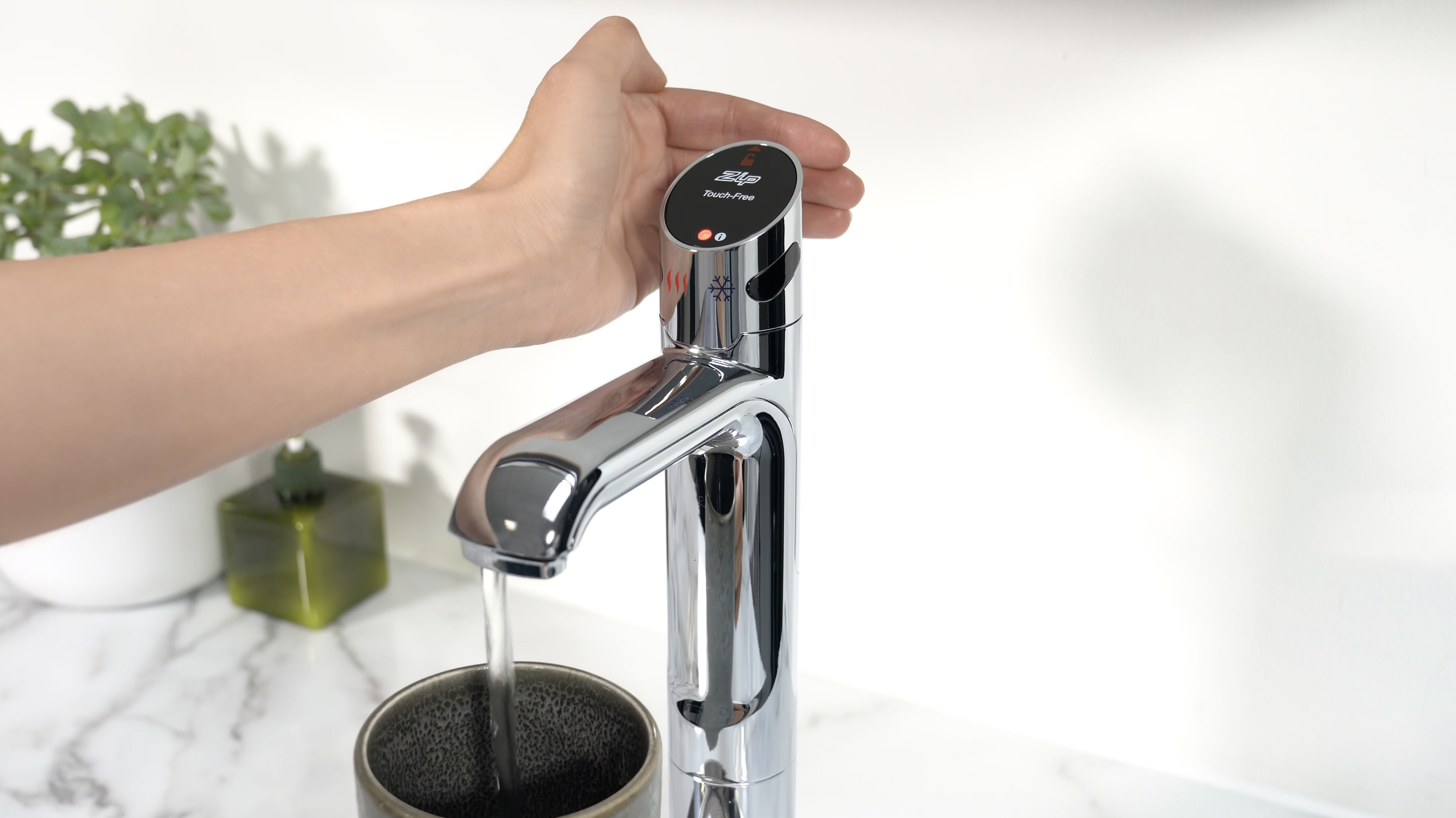
HydroTap Touch-Free Wave features smart infrared sensors that activate boiling, chilled, and sparkling water – completely removing several of the most common touchpoints, including a tap, a kettle, and a fridge storing sparkling water.
By bringing all these water types under one contactless device, providers can dramatically curb the spread of germs in staff rooms in hospitals and healthcare environments, keeping patients safe from unclean hands.
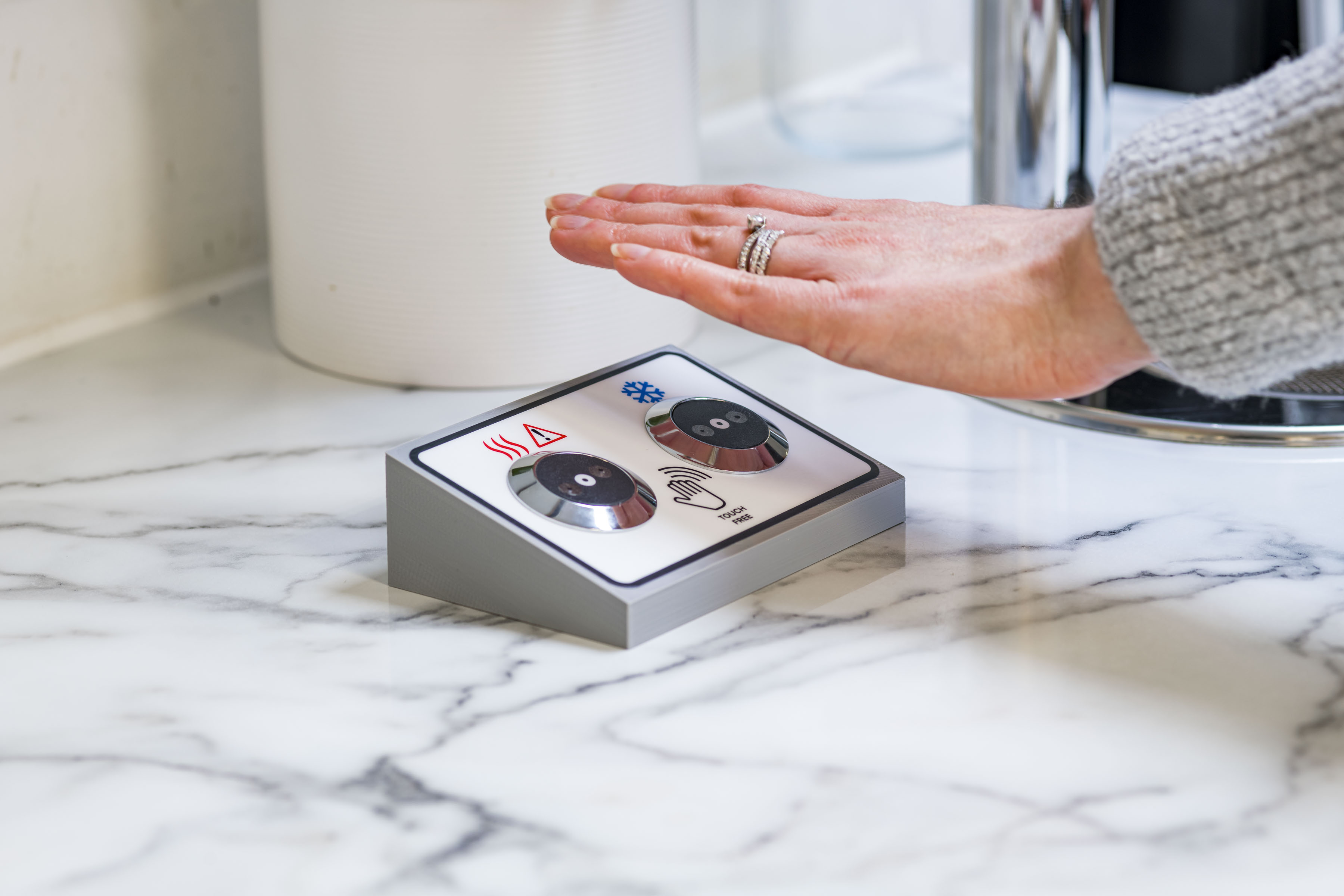
Another contactless solution comes in the form of HydroTap Classic Accessibility. This smart tap comes with separate, easy-to-use controls for wheelchair users or those with limited dexterity – perfect for an aged care setting, hospice, or hospital where patients are able to make their own food and drinks.
But it’s not just touch-free technology that is improving standards across healthcare facilities.
HydroTap Classic Plus, a go-to choice for those after a 3-in-1 tap, features robust controls that allow users to select from boiling, sparkling, and chilled water at the touch of a button.
What about touchpoints? How to manage the transmission of germs? We’ve got that covered. HydroTap Classic Plus has an antimicrobial additive applied to its touchpad, which reduces bacteria by 99.9%.
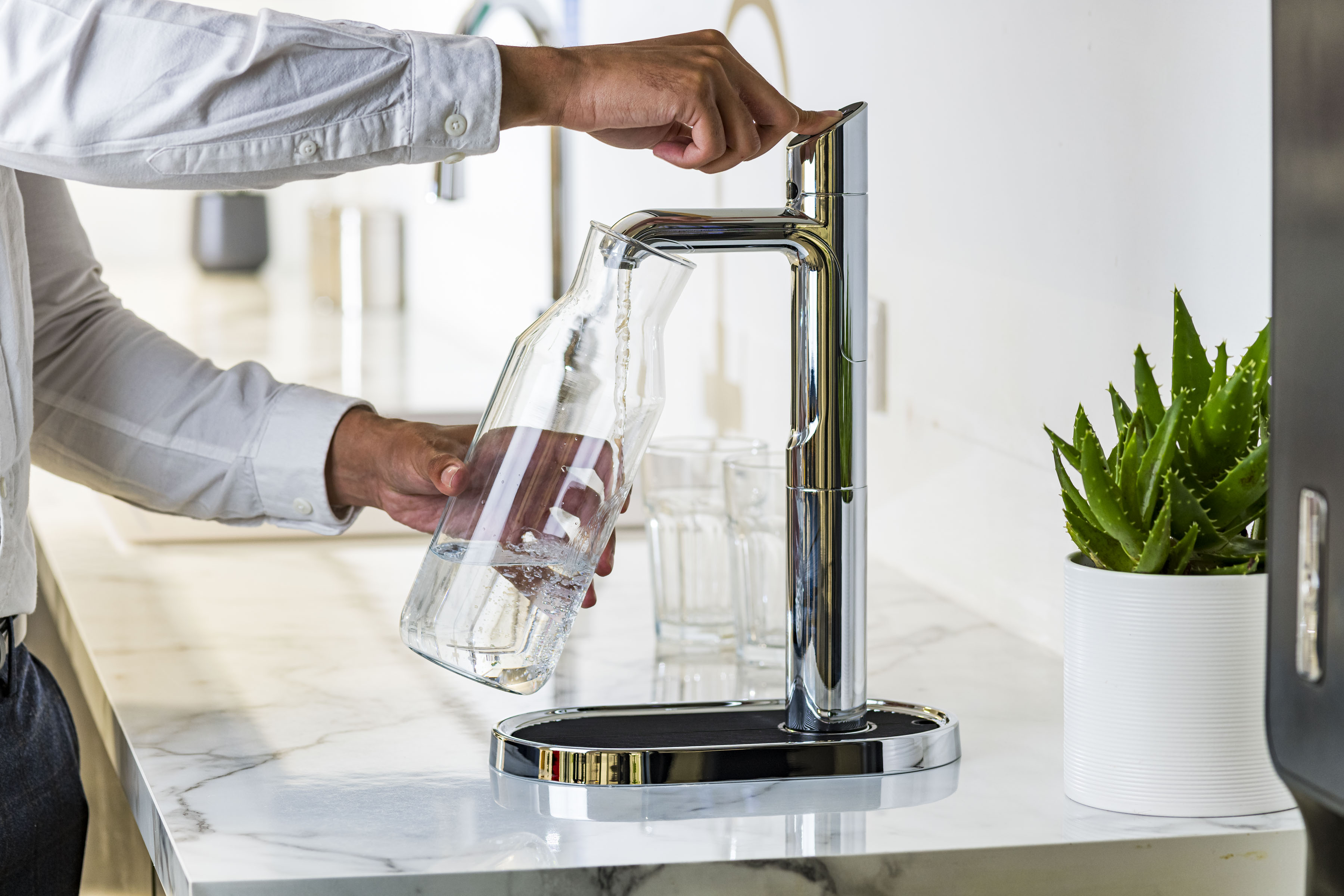
But it doesn’t stop there... All G5 HydroTaps, including the Touch-Free Wave and Classic Accessibility, have the same antimicrobial additive applied to key components in the water path to, once more, eliminate 99.9% of bacteria.
So that means the tap water you drink is clean water – free from any chemicals, or nasties that might limit your capacity of care. Plus, a healthier workforce means fewer absences caused by sickness and more efficient work patterns, improving the overall patient experience.
Utilising a four-pronged, multi-barrier safeguarding system, UltraCare has been specially designed for use in a healthcare environment or in areas with poor water quality. The system features two pieces of market leading technology:
An example of UltraCare improving patient care through better water sanitation and hygiene can be found in the Medical Assessment Unit (MAU Ward) at The Royal United Hospital. As Kevin Ferguson, the assistant practitioner on the MAU Ward explains, UltraCare helps both providers and patients.
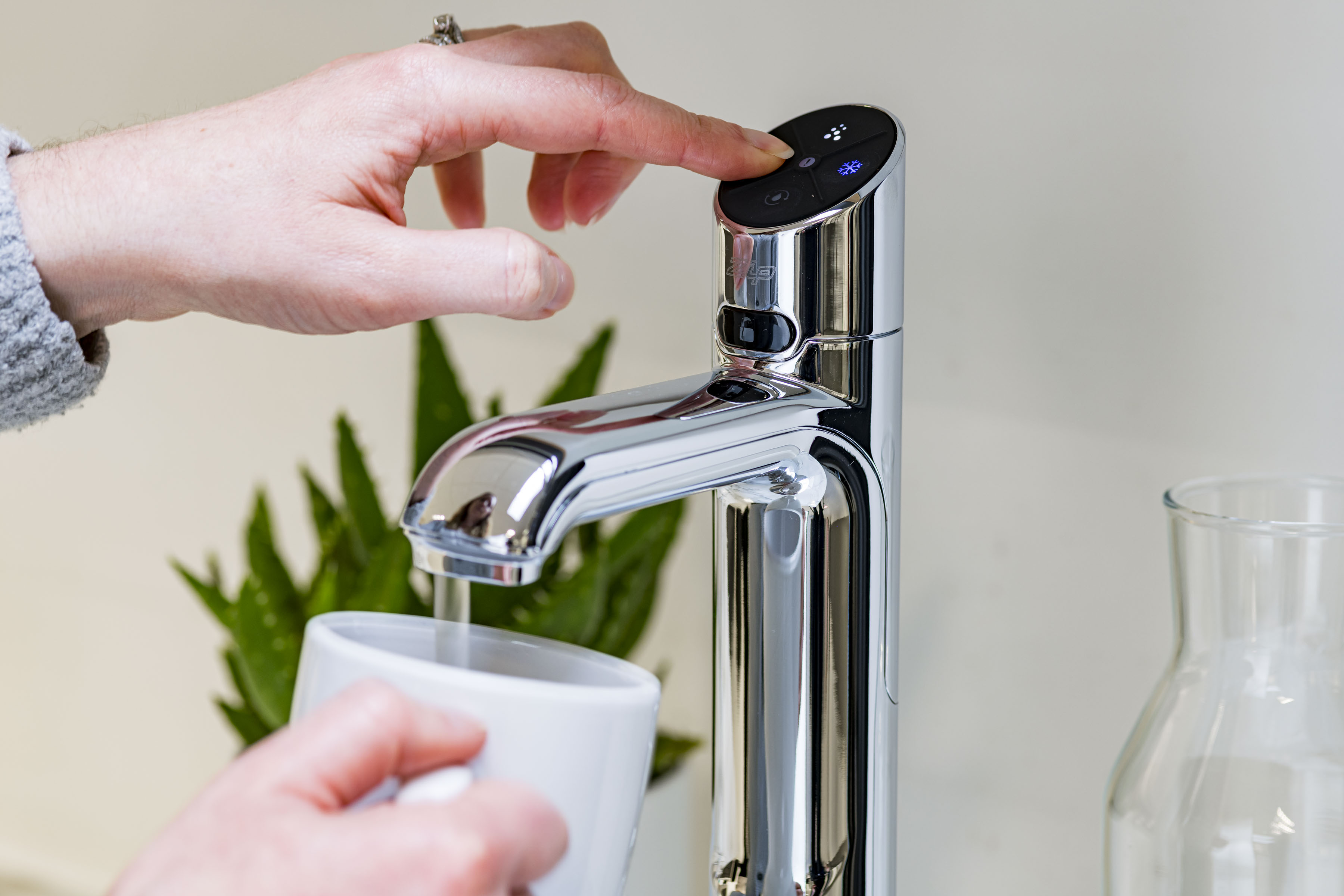
"Patients in hospital settings are more vulnerable to infections," he says. "So knowing that you are using a drinking water system that is providing an extra safeguard brings both staff and patients much-needed reassurance, especially to those who are immunocompromised."
By specifying Zip Water, architects and specifiers can deliver peace of mind through improved hygiene in healthcare settings, thanks to our innovative and market-leading technology.
If you want to learn more about how our products can support the healthcare sector, then we'd love to hear from you.
Talk to us about your next project, request a brochure or arrange a full product demo with one of our team.
